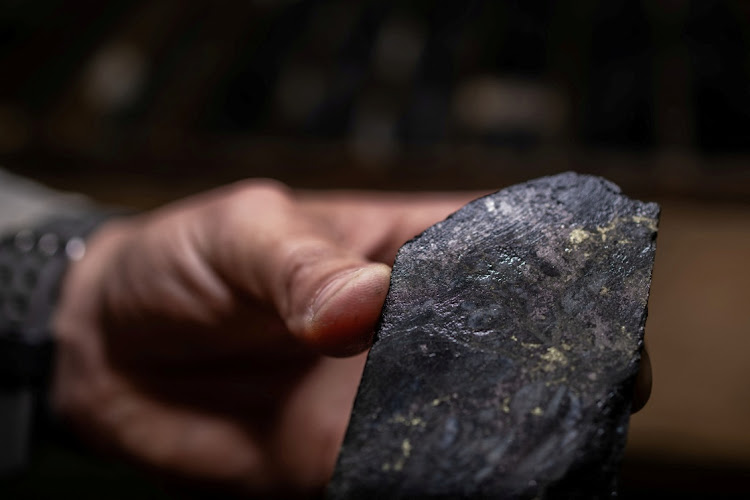Tools to calm mineral market disequilibrium are being discarded

Perhaps the biggest market challenge is our loss of attention on a clear demand-side signal
Despite mineral prices plunging to multiyear lows, Chinese mining acquisitions abroad reached their highest level in more than a decade in 2024, marking the most activity since 2013.
Now, mineral projects confront a growing set of obstacles: declining commodity prices, elevated operating costs and intensified competition from Chinese firms. These Chinese producers frequently enjoy advantages such as low-cost labour and energy, substantial state subsidies and government-directed market interventions.
Consequently, many non-Chinese projects have become economically unviable, with some operating at a loss — discouraging private investment in good, resource-rich jurisdictions.
Governments worldwide are looking at supply-side interventions: how to produce more minerals, more affordably, from the wider range of jurisdictions. But perhaps the biggest market challenge is our loss of attention on a clear demand-side signal.
For instance, in 2024 the China Molybdenum Company (CMOC) achieved record cobalt production of 114,165 tonnes — nearly twice its 2023 output. This sharp surge significantly contributed to the global cobalt oversupply, driving prices downward and intensifying market instability.
All of that cobalt must be absorbed into end-use markets, otherwise the imbalance between supply and demand will only deepen, worsening existing market disequilibrium. The same is true for many of the other commodities facing disequilibrium — lithium, nickel and rare earths, among others.
There are two solutions to correct the chaos of a market in disequilibrium: produce or export less or incentivise consumption to use more.
Here is an example of producing or exporting less: in response to CMOC’s near doubling of cobalt production between 2023 and 2024, on February 22 2025, Democratic Republic of Congo announced a minimum four-month export ban on cobalt — not to promote local processing but explicitly to curb global oversupply and bolster prices.
The cobalt export ban has had a pronounced effect on market pricing. Between January 1 and March 14 this year, shortly after the ban was implemented, cobalt prices jumped 48%, climbing from $24,300 to $35,900 per tonne. Since then prices have remained consistently above $32,900 per tonne, indicating a lasting change in market dynamics.
An example of creating an incentive to consume more is section 30D Clean Vehicle Credit of the US Inflation Reduction Act, which included a $7,500 tax credit to incentivise electric vehicle (EV) sales. To qualify for the tax credit, EVs had to source a minimum threshold of minerals from the US or countries with which it had a free-trade agreement. Given that the average EV uses 210kg — compared with 32kg in the average internal combustion engine — an uptick in EV sales translated to a significant increase in minerals consumption, particularly for base metals.
I fear we’re discarding both sets of tools. On July 4, the US signed the new budget into law — Donald Trump’s One Big Beautiful Bill Act. The sweeping legislation includes substantial revisions to the Inflation Reduction Act, rolling back several programmes with lasting implications for critical mineral supply chains. The Section 30D provision was eliminated and section 45X production tax credit was heavily restricted and is being phased out.
There is also no sign that any country will produce less, especially China. Chinese firms made 10 deals exceeding $100m last year. Prices might be low, but they show no sign of pulling back. This will create a rapidly snowballing market crisis, whereby an oversupplied market curtails future non-Chinese investment in allied countries.
The perhaps painful reality is that addressing the disequilibrium would be likely to require government intervention — whether in the form of production or export quotas or demand-side incentives to consume these minerals. China is not operating as a free market, so neither can the rest of the world.